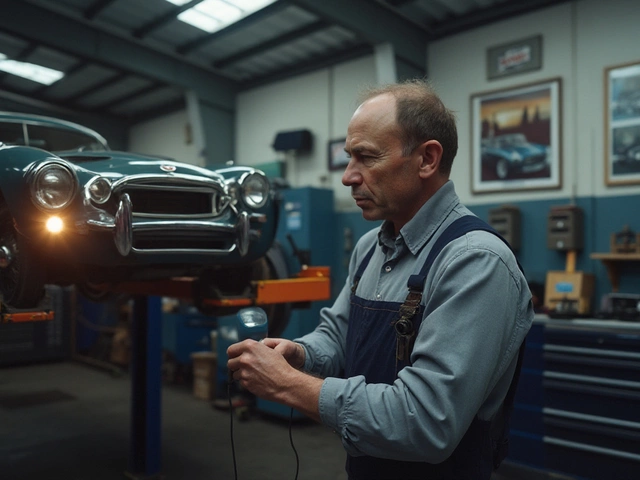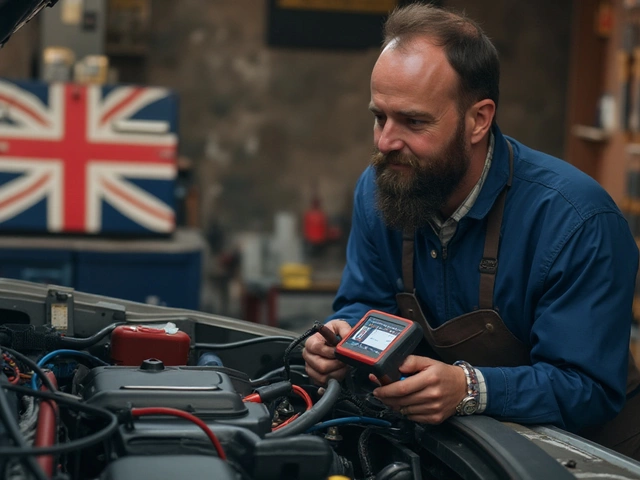Car Exhaust Types: What You Need to Know
When it comes to making your car sound better, run cooler, or boost power, the exhaust system is the first place most people look. But not all exhausts are created equal. From the quiet factory pipe to a roaring cat‑back setup, each type has its own job, cost, and sound level. Below you’ll find a quick rundown of the most common exhaust designs and some tips on picking the right one for your car.
Common Exhaust Types
Factory or stock exhaust – This is the system that comes with the car from the dealer. It’s designed to meet noise laws, keep emissions low, and cost the manufacturer as little as possible. If you’re happy with a quiet ride and don’t need extra power, the stock pipe does the job.
Cat‑back exhaust – The name comes from “catalytic converter back.” It replaces everything from the converter to the tailpipe. A cat‑back typically includes larger‑diameter piping, a performance muffler, and a flashy tip. Expect a deeper tone, a few horsepower gains, and a modest price hike.
Axle‑back exhaust – This system starts right after the rear axle and ends at the tailpipe. It’s the cheapest way to change the sound because it leaves the catalytic converter and most piping untouched. You’ll hear a louder note, but power gains are minimal.
Performance mufflers – These replace the stock muffler only. They use different internal chambers or straight‑through designs to cut back on back‑pressure. The result is a sharper, more aggressive tone and a small boost in torque.
Turbo‑back exhaust – This is the full‑blown version that runs from the turbo outlet all the way to the tailpipe. It’s common on turbocharged cars where reducing back‑pressure can noticeably increase boost and horsepower. It’s also the most expensive option and may need a custom tune to run cleanly.
Headers – Not an exhaust pipe, but a set of tubes that replace the factory exhaust manifold. They guide exhaust gases straight from each cylinder to the rest of the system. Stronger flow means more power, especially on high‑performance engines.
Choosing the Right Exhaust for Your Car
First, decide what you want most: a quieter ride, a louder growl, or real power gains. If you’re just after a sportier sound without breaking the bank, an axle‑back or performance muffler is a solid start. You’ll get a noticeable tone change for a modest price.
If you own a turbocharged or naturally aspirated performance car and want measurable horsepower, a cat‑back or turbo‑back system makes sense. Larger pipes and straight‑through mufflers lower back‑pressure, which can add a few percent to your output. Remember, a bigger system can also increase exhaust temperature, so check your under‑car clearance.
Legal considerations matter too. Many UK towns have strict noise limits, and a too‑loud exhaust can fail an MOT. Stick to a cat‑back that’s designed for street use if you plan to drive daily.
Budget is another factor. Stock replacements cost £100‑£200, axle‑back kits range £150‑£300, cat‑back kits start around £300 and can go up to £1,000 for premium brands. Turbo‑back systems often exceed £1,000 plus the cost of a tune.
Finally, think about installation. Some kits are bolt‑on and can be fitted in a couple of hours with basic tools. Others, especially turbo‑back or headers, may need a professional with a lift and a welder.
Bottom line: match the exhaust type to your goals, budget, and local regulations. A well‑chosen system will give you the sound and performance you want without any surprise headaches.
 18 February 2025
18 February 2025
Loudest Exhaust Types: A Deep Dive into Decibels and Roar
Discover what makes some exhaust systems louder than others and explore the wild world of sound engineering. In this article, we'll delve into how different materials, shapes, and installation techniques can affect the noise levels of exhaust systems. Get ready to learn which types of exhausts are known for their earth-shaking roars and why some drivers crave the auditory experience. Whether you're a gearhead or just curious, this article will uncover the nuances of noisy exhausts. We'll even offer some practical tips for those tempted by the rumble.
Latest Posts
-

Signs You Need a New Car Suspension and What to Look For
-

How Long After Changing the Air Filter Will AC Work? Quick Results Explained
-

Radiator Replacement Guide: When Should You Change Your Car Radiator?
-

How Long Do Silicone Wiper Blades Last? Real Lifespan Facts & Replacement Tips
-

Can a Code Reader Diagnose a Faulty Fuel Pump?

0